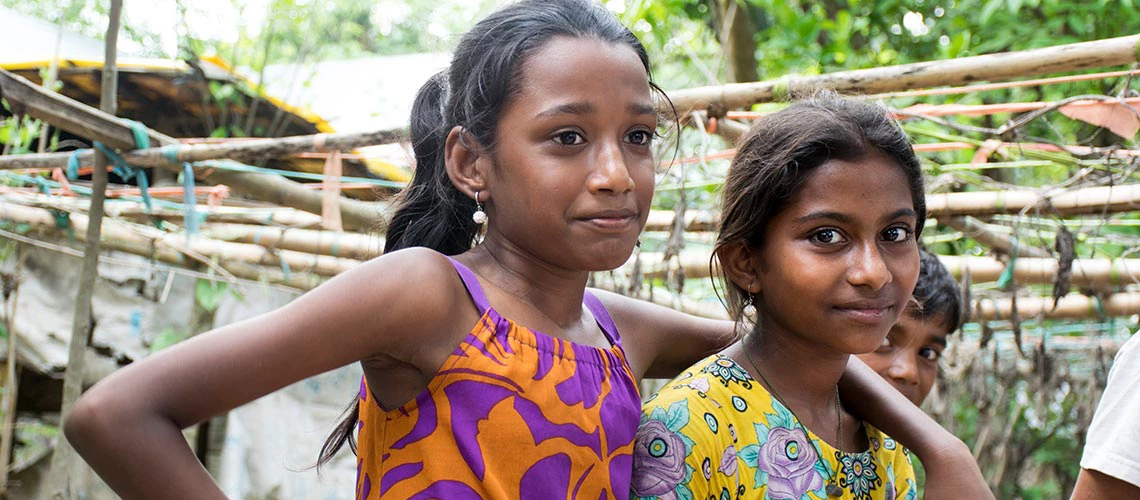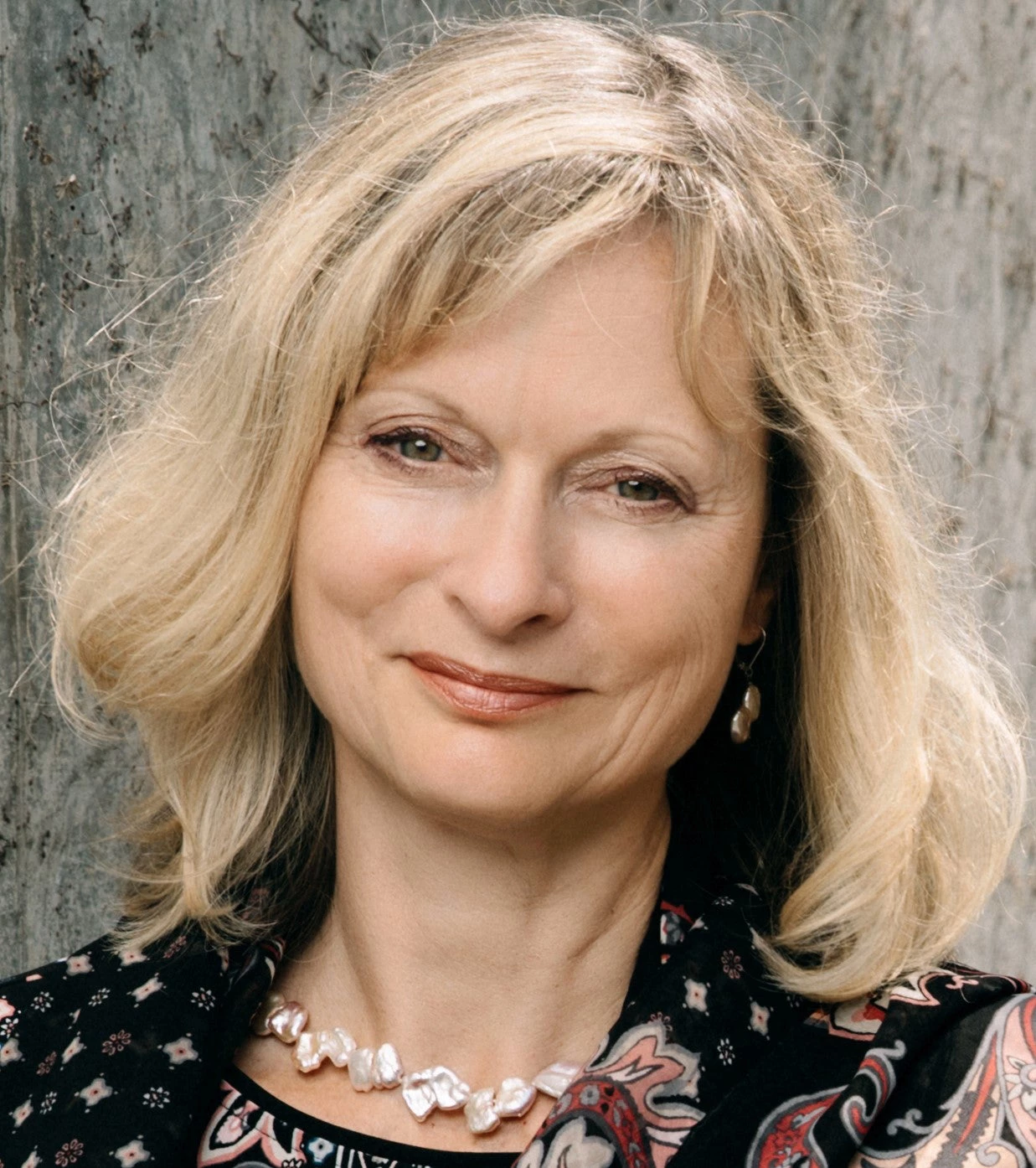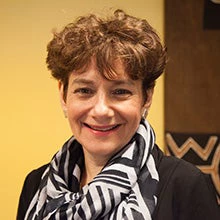 Two girls at the Maternal and Child Welfare Center Palash Community Clinic, in Narsingdi (outside Dhaka).
Two girls at the Maternal and Child Welfare Center Palash Community Clinic, in Narsingdi (outside Dhaka).
In 1993, the Declaration of the Elimination of Violence Against Women recognized that violence against women violates women’s rights and fundamental freedoms, and called on states to work towards its eradication.
However, thirty years on, women continue to face the risk of violence at home, on the street, on transport, in schools and in the workplace. One in three women worldwide – that’s around 736 million women – are estimated to have suffered intimate partner violence and/or sexual violence from a non-partner in their lifetime. But gender-based violence also includes the nearly 12 million girls who are married each year before reaching the age of 18, and at least 200 million girls and women who have undergone female genital mutilation. The negative emotional, societal, and economic impacts are immense – entire economies and societies are dwarfed in consequence.
Violence affects survivors’ and their children’s well-being, human capital formation through negative life experiences, and productivity. Fear of sexual harassment impacts the mobility of women and girls and their ability to have a healthy and productive life. Labor market impacts of perceived threats of safety and reduced productivity at work – equivalent to almost 10 days of lost work per employee on average each year, according to an IFC study in Fiji – add up to macroeconomic proportions.
The World Bank has increasingly engaged to prevent and respond to gender-based violence. Our project work on the ground in countries to address gender-based violence have increased tenfold – extending to every region and sector. These operations are often multi-sectoral, anchored by strong partnerships with local, regional, and international governmental and non-governmental organizations. For example:
- In Bangladesh, a health project financed by the Bank which focuses on the displaced Rohingya population and their host communities, ensures that women and girls have access to immediate response services through safe spaces. The same program also works to shift community attitudes and behaviors accepting of gender-based violence by adapting the SASA! program – a promising approach to transform unequal gender norms related to violence against women and girls.
- In Haiti, another project, designed with women-led local civil society organizations, supports the quality and reach of essential services for survivors and women at risk of violence, while also promoting social and economic empowerment of women and girls through community-based activities.
- In São Tomé and Príncipe, an education sector project fostering safe schools supports the establishment of girls’ and boys’ clubs that aim to empower girls, increase their socio-emotional skills, and promote positive masculinity.
- In India, transport projects support the government to map and assess perception of safety in public spaces, and have developed policy guidelines for people-centered design of transport networks – putting women’s safety at the center of these discussions.
- In Uzbekistan, a policy financing operation supported the establishment of referral pathways for survivors of gender-based violence as part of reforms to create more inclusive labor markets and incentivize female labor force participation.
Social inclusion and sustainability operations ensuring inclusion and empowerment for all people are galvanizing collective action to scale up social transformation and prevent gender-based violence at the community level.
- In Nigeria, a project focusing on better economic opportunities for women through building social capital and livelihood support has supported nearly 20,000 women’s groups. The project elected to use the Social Norms Exploratory Tool – a diagnostic tool – to identify the relevant social norms that drive gender inequality, and developed strategies to shift these norms. With the $500 million scale-up financing, the government of Nigeria further invests in improving women’s livelihood opportunities and addressing gender inequality to build resilient communities.
Our newly released report, Gender-Based Violence Prevention and Response in World Bank Operations: Taking Stock After a Decade of Engagement, distills lessons drawn from the last 10 years of work and goes into depth on some of the most promising operational examples across regions. Over the past decade, the World Bank has brought the gender-based violence prevention and response agenda to the forefront of our policy discussions with key actors, such as ministries of finance, education, health, transport, and social affairs – drawing on global knowledge as well as insights from wide-ranging consultations with stakeholders such as local women’s groups. With the support of our funding through the International Development Association (IDA), we help address gender-based violence in fragile and low income countries – gleaning evidence on what works to prevent GBV through our Gender Innovation Labs and the Development Impact Evaluations. We’ll discuss these initiatives in more detail soon.
Looking ahead
The WBG Gender Strategy 2024-2030 proposes innovations, financing, and collective action to end gender-based violence. The ongoing consultations on the strategy with a wide spectrum of stakeholders – civil society organizations, women and men in communities, governments, partner agencies, the private sector, and academia – will explore how we can work together at scale to address different forms of gender-based violence, as well as address the other strategic objectives of the Strategy – expand and enable economic opportunities for all, and engage women as leaders.
A decade ago, few would have imagined that it would be the World Bank driving for collective action to end gender-based violence. Today, your insights help pave the way forward.
The World Bank’s new Gender Strategy 2024-2030 – now out as a draft for consultation until the end of November 2023 – has three strategic objectives, the first of which is the ambition to end Gender-based Violence (GBV) and elevate human capital. This is a moral and economic priority at the heart of our vision to create a world free of poverty on a livable planet. For more information, please visit the Gender Strategy consultations website, download the consultation draft, or contact wbggenderstrategyupdate@worldbank.org.
Thank you to Diana J. Arango, Mirai Mauro, Patricia Fernandes, and Manuel Contreras for contributing to this blog.



Join the Conversation